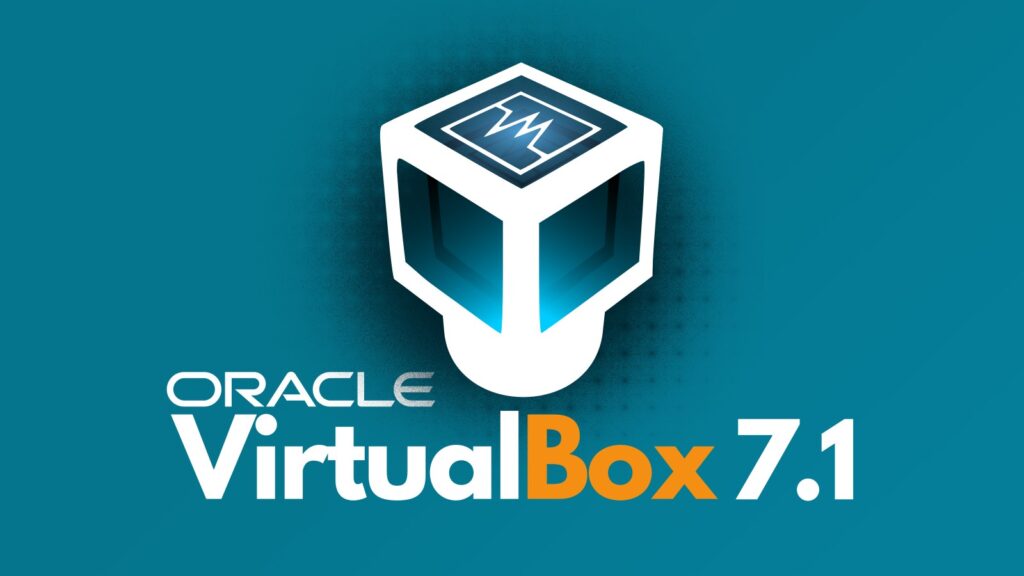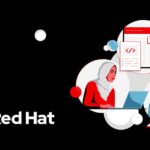VirtualBox, a well-known virtualization application highly favored by both household users and IT experts, has introduced its first stable iteration of version 7.1 after its beta launch at the end of July. The fresh features are quite thrilling, so let’s delve into them without delay.
Noteworthy Features of VirtualBox 7.1
Revamped User Interface
The user interface of VirtualBox 7.1 has undergone a complete overhaul, presenting a more contemporary appearance. Users now have the option to select between a Basic and an Experienced user level. Based on their choice, this new classification customizes the interface to the user’s preference, displaying either a simplified or full UI experience.
Improved Cloud Integration and Security
The integration with Oracle Cloud Infrastructure (OCI) has been strengthened. A new performance dashboard now allows for direct monitoring of resource utilization from within the VirtualBox interface, streamlining processes for those working with cloud VMs. Users can now clone and reset compute instances within OCI, improving manageability and scalability.
In terms of security, VirtualBox has taken a major stride forward by automating the TLS setup for RDP sessions. If a user doesn’t configure TLS with custom certificates, the system will now generate a self-signed certificate, guaranteeing encryption without necessitating manual setup.
Expanded Support and Performance Enhancements
With this latest version, VirtualBox has expanded its support for newer technologies and standards. Of note, the software now incorporates IPv6 support in its NAT engine and introduces ARM virtualization for Linux and BSD VMs on macOS/Arm hosts.
For Linux enthusiasts, there’s good news: the update includes extended support for Wayland in clipboard sharing, presenting a significant step forward in desktop virtualization technology compatibility.
Moreover, file transfer capabilities via the Shared Clipboard for Linux and Windows have been initiated, albeit in early stages. Users are encouraged to consult the User Guide for any constraints.
The screen recording features have also seen substantial enhancements. Due to advancements in the encoding process, CPU usage during recording has been reduced, leading to a smoother experience for users.
Bug Rectifications and Additional Enhancements
VirtualBox 7.1 brings forth a variety of bug fixes and operational adjustments. From improved handling of CPUID instructions under Hyper-V to updates in virtio-net for enhanced FreeBSD and pfSense compatibility, the focus has been on establishing a more resilient and secure environment.
Additionally, this update enables the integration of new Microsoft DB/KEX certificates into VMs, thereby enhancing the flexibility and security for users dealing with sensitive data.
Future-Proofing and Accessibility Enhancements
In an effort to future-proof its technology, VirtualBox has designated its Python 2.x API bindings as deprecated, encouraging developers to shift to Python 3. This move aligns with wider industry trends towards more secure and efficient software practices.
Finally, improvements in GUI accessibility and the upgradation of foundational libraries like Qt heighten the overall user experience, ensuring that VirtualBox remains a competitive option for developers and IT professionals seeking a dependable virtualization solution.
For further details on all the changes in the latest version, refer to the changelog. VirtualBox 7.1 can be obtained from the project’s download section. Upon updating, remember to install the latest Extension Pack version to enrich the functionality of VirtualBox with additional features.











